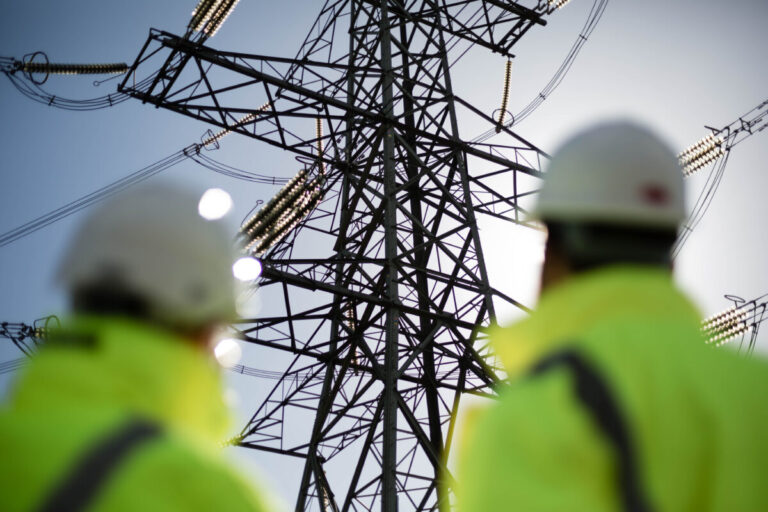A program led by National Grid Electricity Transmission called ‘Technical Limits’ has brought forward the dates for grid connection offers from more than 200 clean energy projects, including solar and storage.
Networks have sent bids to 203 projects with a total capacity of 7.8 GW, more than double the output of the Hinkley Point C nuclear power station, with an average connection acceleration of 6.5 years.
A total of 393 projects are eligible for the program, and another 190 can receive expedited offers once they complete the affiliation offer process.
In March 2024, Reading-based renewable energy company Enviromena launched the Horsey Levels solar farm in Somerset, the first project from National Grid’s acceleration program to be commissioned.
Technical Limits is a collaborative project between the National Grid Electricity Transmission, the Energy Networks Association, the Electricity System Operator (ESO) and DNOs to help accelerate and reform grid connections.
To deliver the accelerated offers, engineers from National Grid and DNOs conducted detailed analyzes of power flows across the boundaries between the transmission and distribution networks.
By agreeing to new power flow limits, the DNOs have been able to offer selected projects an accelerated connection date before transmission network reinforcements are completed, provided the DNO can limit flows from the project under certain operating conditions.
The 203 connection offers issued in the first phase have an average export restriction of 22% per year and these interim arrangements will be replaced as network capacity increases.
Alice Delahunty, president of National Grid Electricity Transmission, said: “Connecting projects to our transmission network and unlocking capacity on lower voltage distribution networks is a huge priority for us.
“The Technical Limits program is a fantastic example of cross-sector collaboration. This team effort has produced an innovative solution to connect schedules faster. We are pleased that the first project is starting earlier than expected and look forward to many more.”
This article first appeared in Solar Power Portal’s sister publication Current±.


